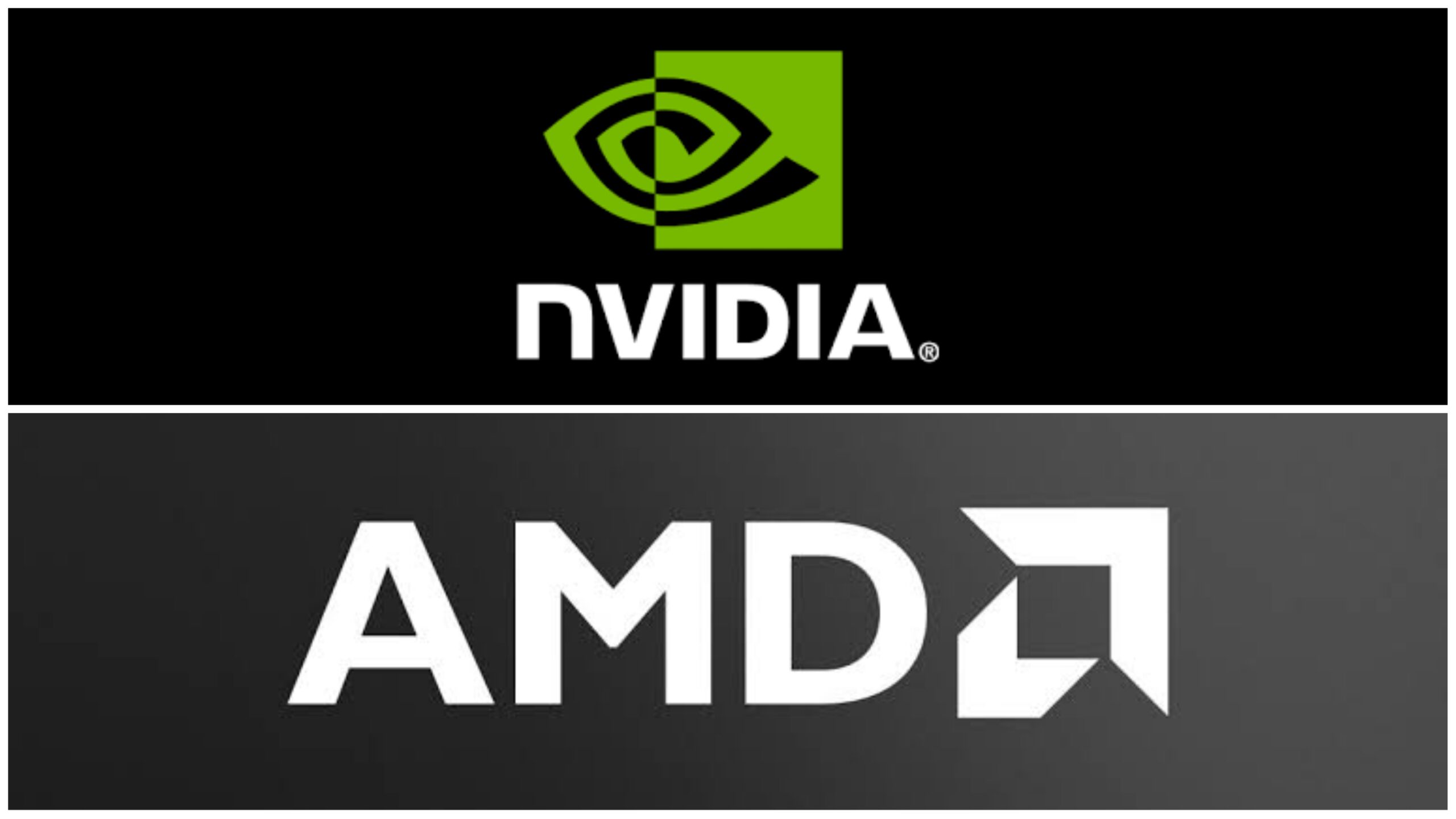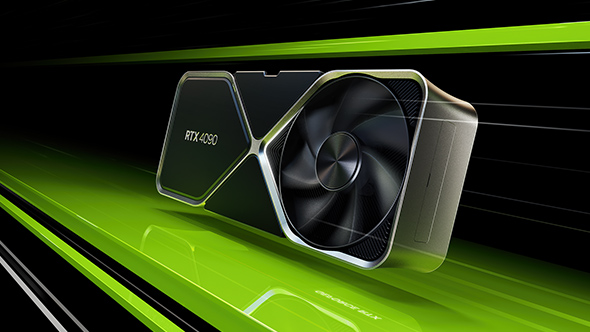AMD Radeon vs Nvidia GeForce: Which is the Better Choice for Gamers?

As a gamer, one of the most important decisions you’ll make when building or upgrading your gaming PC is which graphics card to choose. Two of the biggest players in the market are AMD’s Radeon line and Nvidia’s GeForce line.
Brief History
AMD

Advanced Micro Devices (AMD) is a global technology company that designs and manufactures a range of semiconductor products, including microprocessors, graphics processing units (GPUs), and other products for a wide range of applications. Here is a brief overview of the company’s history:
- 1969: AMD is founded by Jerry Sanders and seven other colleagues who had previously worked at Fairchild Semiconductor. The company initially focused on producing semiconductor memory products.
- 1975: AMD releases its first microprocessor, the Am9080, which was a reverse-engineered clone of the Intel 8080.
- 1979: AMD becomes a public company, listing its shares on the New York Stock Exchange.
- 1982: AMD releases the Am286, its first microprocessor to be compatible with the popular Intel x86 architecture.
- 1996: AMD acquires NexGen, a company that specialized in producing x86-compatible microprocessors. This acquisition helped AMD to establish itself as a major player in the x86 market.
- 2003: AMD releases the Athlon 64. Its first 64-bit microprocessor helped the company to further establish itself as a leading player in the CPU market.
- 2006: AMD acquires ATI Technologies, a leading manufacturer of graphics processing units (GPUs). This acquisition helped AMD to expand its product offerings and further solidify its position in the graphics market.
- 2011: AMD releases the first processors based on its own CPU architecture, called “Bulldozer.”
- 2020: AMD announces its newest CPU architecture, called “Zen 3,” which delivers significant performance improvements over previous generations.
Nvidia

Nvidia is a global technology company that designs and manufactures a range of graphics processing units (GPUs), as well as other products for a variety of applications. Here is a brief overview of the company’s history:
- 1993: Nvidia is founded by Jensen Huang and other colleagues who had previously worked at Sun Microsystems and LSI Logic. The company initially focused on producing graphics processing units (GPUs) for the professional graphics market.
- 1999: Nvidia releases the GeForce 256, its first consumer-grade GPU. This product helped to establish Nvidia as a major player in the consumer graphics market.
- 2002: Nvidia acquires 3dfx, a leading manufacturer of graphics chips and graphics cards. This acquisition helped Nvidia to solidify its position in the graphics market.
- 2003: Nvidia releases the GeForce FX, which was the first GPU to support Microsoft’s DirectX 9 graphics standard.
- 2006: Nvidia releases the GeForce 8 series, which was the first GPU to support Microsoft’s DirectX 10 graphics standard.
- 2008: Nvidia releases the GeForce GTX 280, which was the company’s first GPU to support the new graphics standard called “CUDA.”
- 2010: Nvidia releases the GeForce GTX 580, which was the company’s fastest GPU at the time.
- 2014: Nvidia releases the GeForce GTX 980, which was the first GPU to support the new graphics standard called “Vulkan.”
- 2020: Nvidia releases the GeForce RTX 30 series, which is based on the company’s latest “Ampere” architecture and delivers significant performance improvements over previous generations.
- 2022: Nvidia releases the GeForce RTX 40 series, based on the Ada Lovelace architecture and features hardware-accelerated raytracing (RTX) with Nvidia’s third-generation RT cores and fourth-generation Tensor Cores.
Differences between AMD and Nvidia
To answer that question, let’s first take a look at the differences between the two brands. AMD and Nvidia are both manufacturers of graphics processing units (GPUs), which are the chips responsible for rendering graphics in a computer. Both brands offer a range of GPU models, from entry-level to high-end, and both have a long history in the gaming industry.
Overview of AMD’s GCN architecture and Nvidia’s CUDA architecture
One key difference between the two is the architecture of their GPUs. AMD’s GPUs are based on the company’s own Graphics Core Next (GCN) architecture, while Nvidia’s GPUs use a proprietary architecture called CUDA. These architectures have their own strengths and weaknesses, but they both ultimately serve the same purpose: to process and render graphics.
Comparison of performance
In terms of performance, both AMD and Nvidia offer capable graphics cards that can handle most modern games. However, Nvidia has traditionally had an edge in terms of raw performance, particularly at the high end of the market. Its top-of-the-line GPUs tend to be slightly faster than AMD’s equivalent models, and Nvidia also has a wider range of specialized graphics cards for tasks like ray tracing and AI workloads.
Good value for money
On the other hand, AMD has a reputation for offering good value for money. Its graphics cards tend to be slightly cheaper than Nvidia’s, and they often offer similar performance at a lower price point. This can make them a good choice for budget-conscious gamers who don’t want to spend a lot of money on a high-end GPU.
Software suites
Both AMD and Nvidia have their own software suites for optimizing and configuring their graphics cards. AMD’s Radeon Software allows users to fine-tune their graphics settings and includes features like Radeon Chill, which can help reduce power consumption and improve battery life on laptops. Nvidia’s GeForce Experience is a similar suite of tools that allows users to optimize graphics settings, capture and share gameplay footage, and more.
Conclusion
So, which is the better choice for gamers? Ultimately, it comes down to personal preference and what you’re looking for in a graphics card. If raw performance and cutting-edge technology are your top priorities, Nvidia might be the way to go. On the other hand, if you’re looking for good value for money and don’t need the absolute best performance, AMD’s Radeon GPUs could be a good fit.
It’s worth noting that both AMD and Nvidia regularly release new graphics card models and updates to their software suites, so it’s always a good idea to do your own research and consider the latest offerings from both brands before making a decision.

